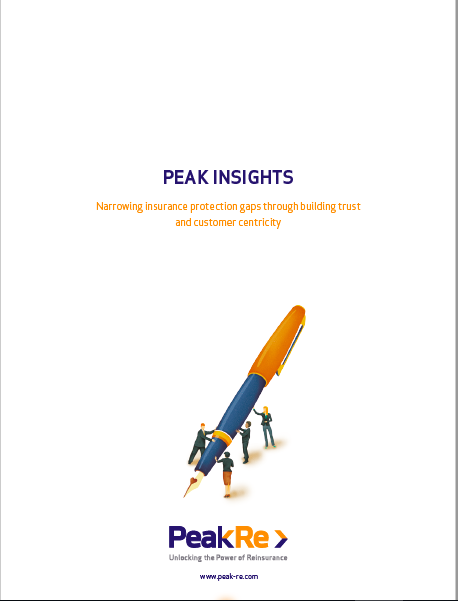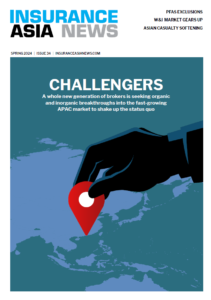Peak Re: PEAK INSIGHTS
October 6 2016
Between 1980 and 2015, and according to the International Monetary Fund, World Economic Outlook Database, emerging Asia reported an average annual real economic growth of over 7%. This performance has attracted companies’ attention all over the world. With such economic development came rapidly increasing risks and premium volumes. Insurance penetration (life and non-life combined) grew more than fivefold to 3.3% between 1980 and 2015, according to Swiss Re’s Sigma World Insurance Database. During the same time period, life and non-life insurance penetrations skyrocketed from both 0.3% to 2.0% and 1.3% respectively.
At the same time, the insurance protection gap widened across the globe, but – despite rising levels of penetration – the shortfall is more significant in emerging Asia. This is primarily a result of inefficient public policies and poor insurance covers that do not properly address customer needs. Typically, insured risks are major natural catastrophes such as storms, floods and earthquakes which remain virtually uninsured: on average, only 5% of economic losses in emerging Asia were (re)insured from 1975 to 2014. In an unfortunate event, for example, around 60% of the financial resources required to recover private property damages come from private sources and not from governments and insurers according to a survey from the Gallup Organisation Europe. This puts a significant burden on the population and can easily drive the affected people and their families into poverty.
-
AIG’s McMurdo to join Steadfast MGA as CUO personal lines
- August 20
The move comes as the broking group's MGA division acquires AIG's HNW home and contents portfolio.
-
QBE’s Hammond on transformation and growth
- July 2
The Asia chief executive discusses Covid-19, going digital and restructuring.
-
Swiss Re: Nat cats and man-made disasters in 2018
- April 10
Climate change, increased urbanisation and a growing concentration of assets were on the risk agenda for 2018.
-
Willis Towers Watson: 2019 Asia Market Report
- March 19
Economic uncertainty, more complex risks and tighter underwriting are all influencing Asia's markets.
-
FM Global | Resilience: No longer a choice
As climate disclosure becomes mandatory and new risks emerge from natural hazards, understanding the tools that are available to build resilience is more important than ever.

